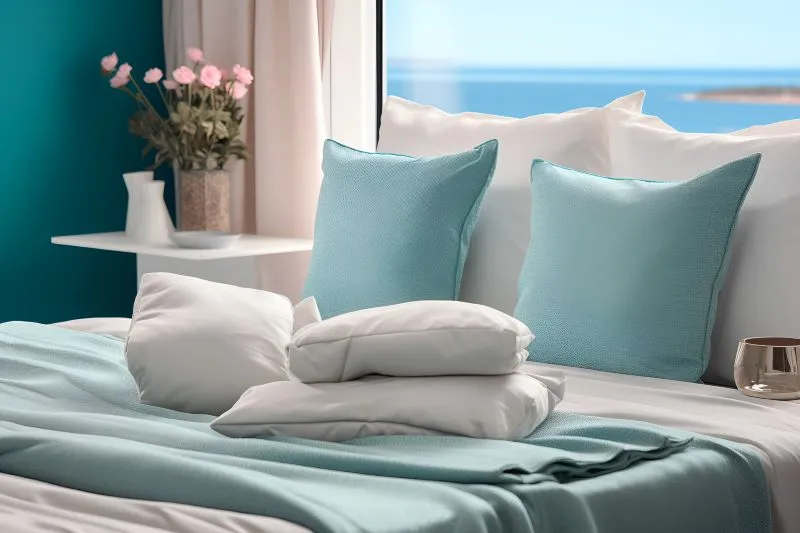What are the different types of finishing treatment for fabrics?
In the textile field, different types of finishing treatment are applied to fabrics in order to make them meet different usage requirements. For example, shaping finishing can physically or chemically change the shape of the textile so that it has good dimensional stability; soft finishing can improve the softness of the textile, improve the feel; and anti-static finishing is mainly through the addition of anti-static agent to reduce the friction generated by the static electricity, to prevent the textile adsorption of dust and the generation of electric sparks. Fabrics can also be waterproof and oil-proof finishing to improve its dirt-proof performance, antimicrobial and mildew finishing to give antibacterial and mildew function, and keep clean and prevent odor generation, and anti-ultraviolet finishing can reduce the harm of ultraviolet rays on the human body and fabrics. For fabrics for specific applications, fire-retardant finishing may also be required to prevent ignition from ignition sources, or anti-insect finishing may be used to prevent the fabric from being damaged by insects.
What is an antimicrobial finish treatment for fabrics? How to make fabrics antimicrobial?
Antimicrobial finishing of fabrics is a special textile finishing process that imparts a long-lasting and effective antimicrobial effect to textiles by adding antimicrobial agents to the textiles. The aim is to stop or slow down the growth of bacteria on textiles to keep them clean, reduce the risk of bacteria-induced infections, prevent odors, and extend the service life of textiles.

The way to apply AntibacMax L1003 to fabrics
What types of antimicrobials are available for fabrics?
There are many types of antimicrobial agents, such as silver ions, quaternary ammonium salts and organosilicones. These antimicrobials can be added to fabrics by impregnation, embedding, microencapsulation, nanotechnology and so on. The choice of antimicrobial agent and the way of adding depends on the desired antimicrobial effect, the type of textile, the use environment and the cost and other factors. Usually silver ion antimicrobial finishing agent is always commonly used antimicrobial finishing agent.
Antimicrobial finishing has been widely used in all kinds of textiles, especially medical supplies, children’s products, sportswear and underwear and other products with frequent contact with the human body, which can bring more protection to people’s daily life.
How to verify the effect after antimicrobial treatment?
The verification of the effect after antimicrobial treatment is mainly carried out through antimicrobial activity tests in the laboratory. These tests mainly determine the antimicrobial activity of antimicrobial-finished textiles by observing the inhibition effect on bacteria in an environment containing bacteria. ISO 20743 is a test method for testing antimicrobial textiles.
Are antimicrobials for fabrics safe?
AntibacMax antimicrobial finishes have been tested by authorities and showed no irritation in rat skin mucous membrane, eye and oral toxicity tests. For more information about the test, please contact us at qhgu@langyitech.com


-300x210.jpg)
